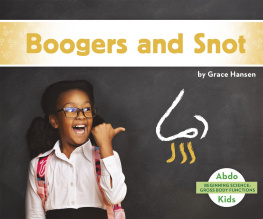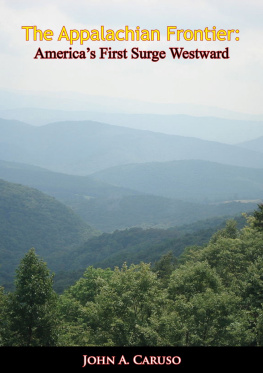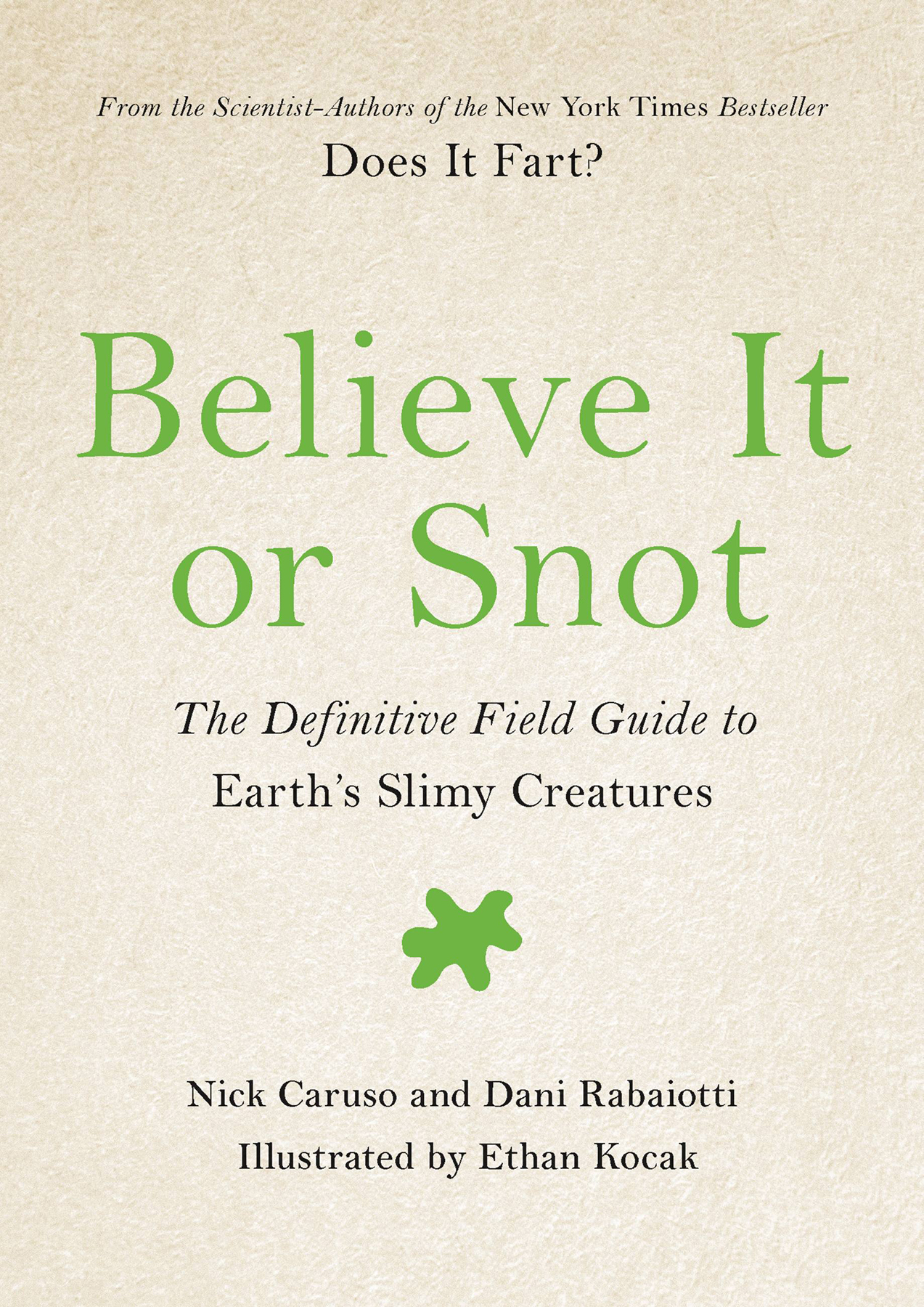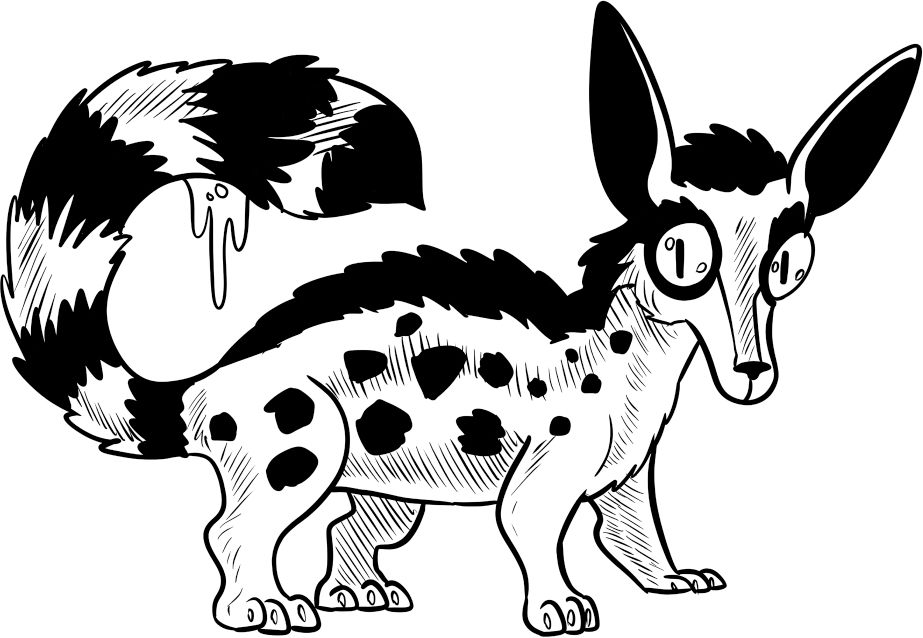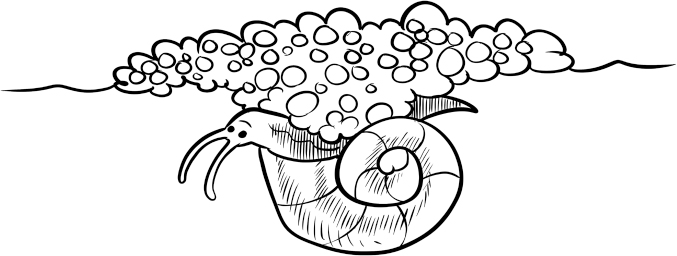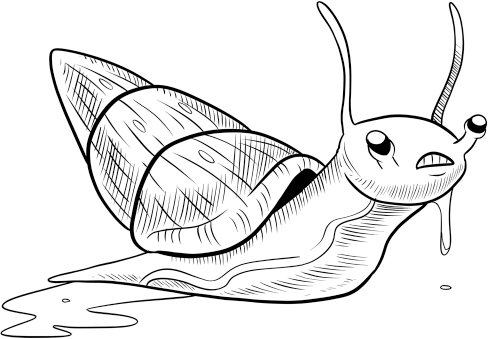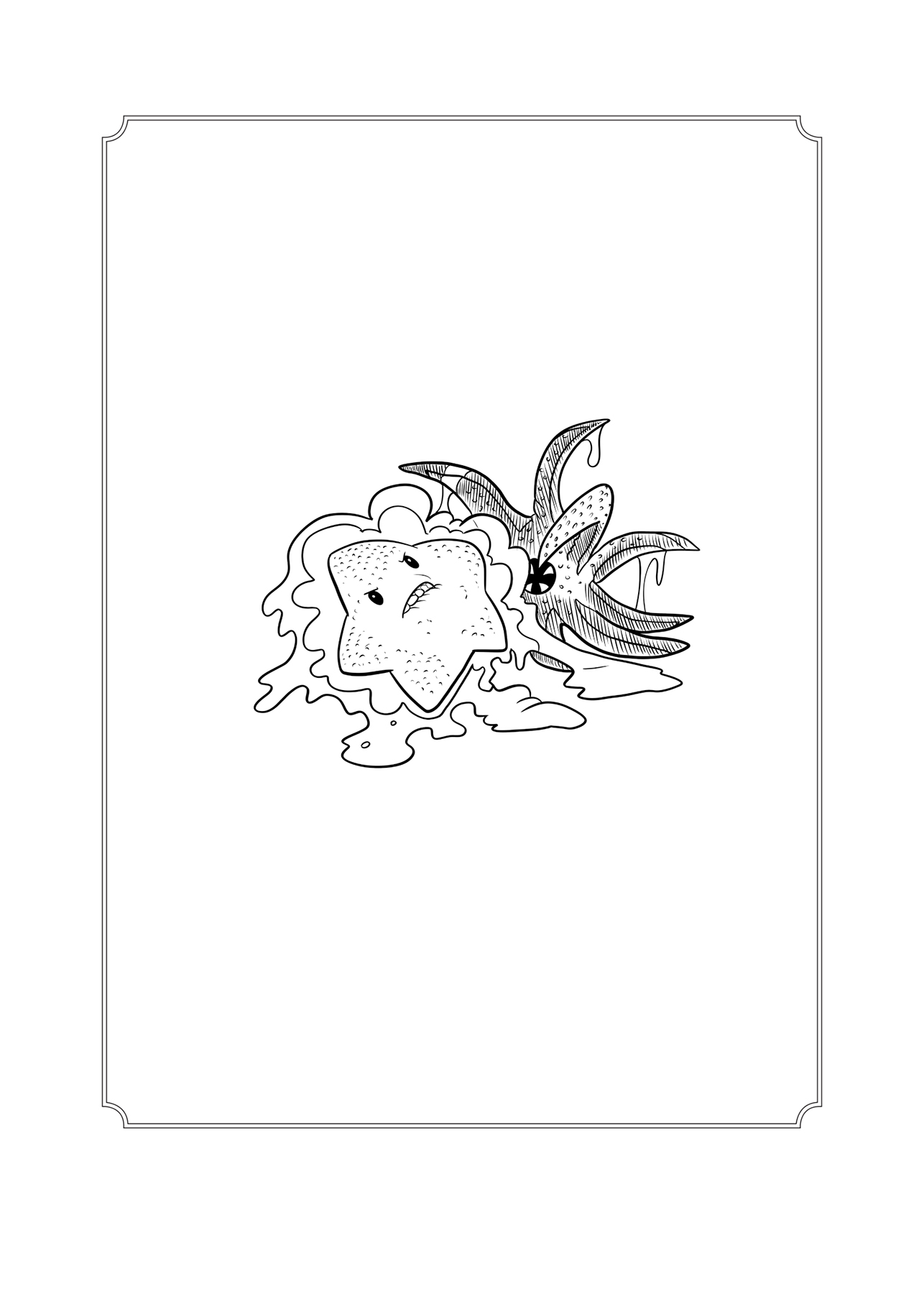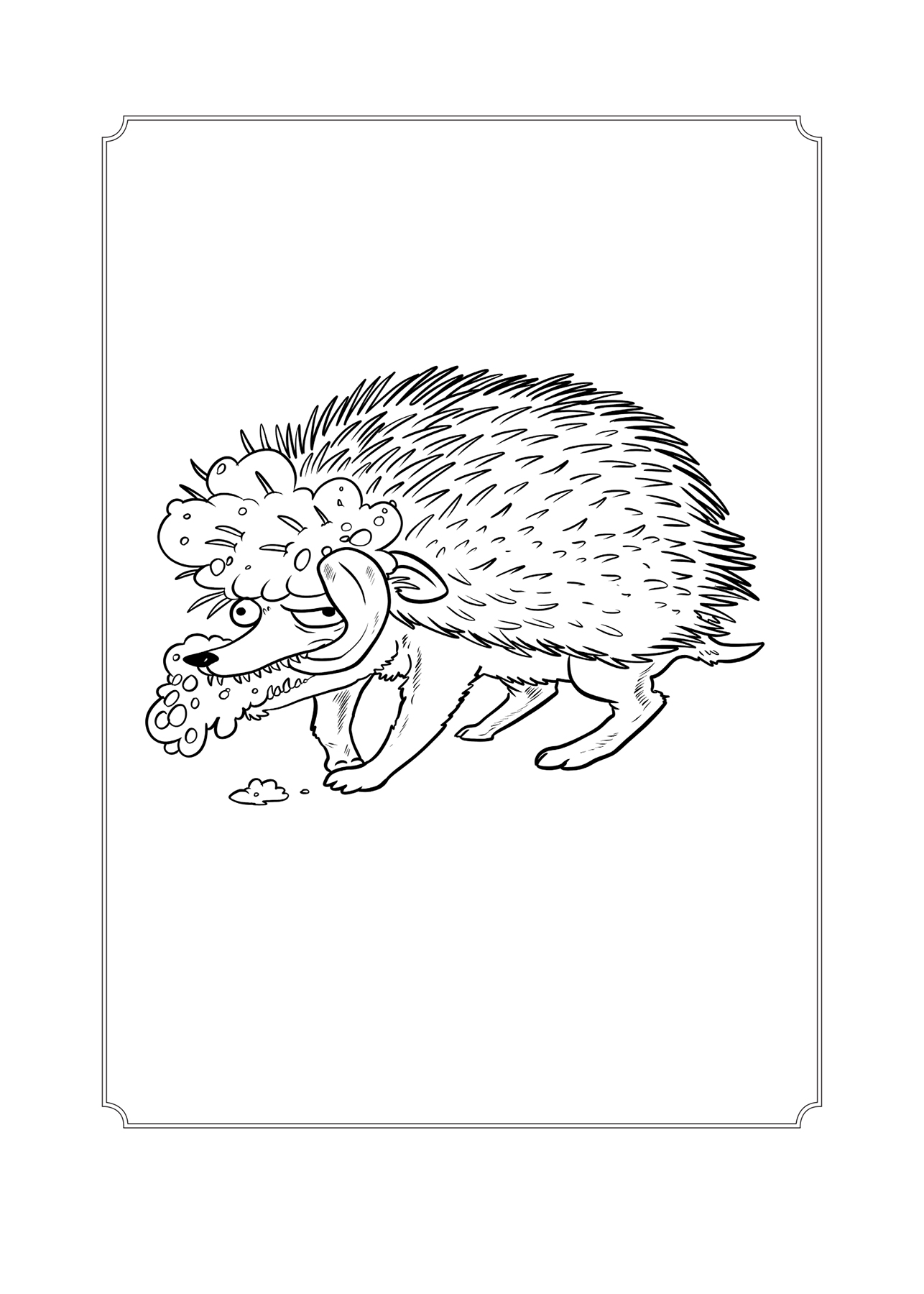Copyright 2019 by Nick Caruso and Dani Rabaiotti
Illustrations copyright 2019 by Ethan Kocak
Cover design by Amanda Kain
Cover copyright 2019 by Hachette Book Group, Inc.
Hachette Book Group supports the right to free expression and the value of copyright. The purpose of copyright is to encourage writers and artists to produce the creative works that enrich our culture.
The scanning, uploading, and distribution of this book without permission is a theft of the authors intellectual property. If you would like permission to use material from the book (other than for review purposes), please contact permissions@hbgusa.com. Thank you for your support of the authors rights.
Hachette Books
Hachette Book Group
1290 Avenue of the Americas
New York, NY 10104
hachettebookgroup.com
twitter.com/hachettebooks
First ebook edition: October 2019
Hachette Books is a division of Hachette Book Group, Inc.
The Hachette Books name and logo are trademarks of Hachette Book Group, Inc.
The publisher is not responsible for websites (or their content) that are not owned by the publisher.
The Hachette Speakers Bureau provides a wide range of authors for speaking events. To find out more, go to www.hachettespeakersbureau.com or call (866) 376-6591.
To find out more, go to www.hachettespeakersbureau.com or call (866) 376-6591.
ISBNs: 978-0-306-84614-4 (hardcover), 978-0-306-84613-7 (ebook)
E3-20190923-JV-NF-ORI
Gunge, goo, ooze, sludge, gunk, goop, slime: no doubt at some point in your life you have come into contact with one or another of these slippery substances. But what exactly is slime? The word slime can be applied to a whole host of substances that are slippery, gooey or even sticky. Essentially, slimes are viscous substances, which means they are somewhere in between a solid and a liquid. The more viscous something is, the more it holds itself in place and the less likely it is to flow. For example, water has very low viscosity, whereas custard has a much higher viscosity.
You might be most familiar with the slimy secretions made by your own body. Most of these are types of mucusa slimy substance that does not dissolve in water, and contains specialized proteins called mucins that make the mucus thick and gel-like. One of the most obvious slimes produced by our bodies, and the substance in the title of this very book, is snot. So, what is snot? Simply put, it is the type of mucus found in your nose. It can be clear, or be yellow, or greenish when there is a high concentration of white blood cells or when it is especially thick. Snot is produced by the mucus cells that line your nasal passages, and helps protect the body against disease by trapping germs. It is made up of over 90% water, and not only does it contain mucins, but also special antibodies and bacteria-fighting proteins that help keep us disease free. Another form of human slime you may encounter on a daily basis is salivaalso known as spit, dribble or drool. This wet substance is produced by the salivary glands in the mouth, and has an even higher water content than snot, at 99.5%. The enzymes in our saliva help kickstart the process of digestion as we chew and swallow our food.
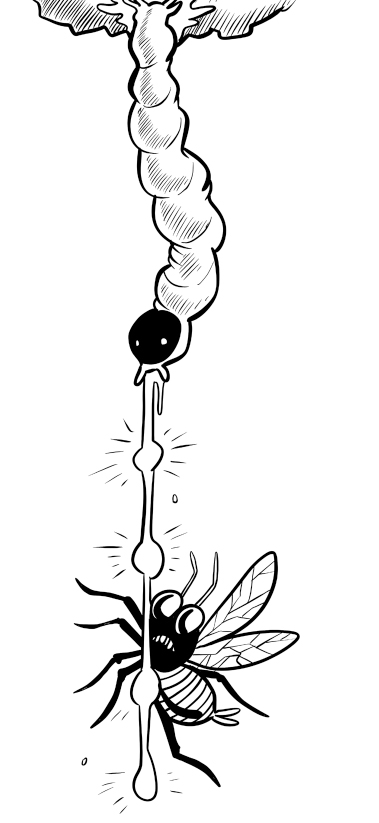
Snot and saliva are found throughout much of the earths biota (living organisms), but these arent the only substances that can make for a slimy or sticky situation. There are even some species that have their own unique slime composition, with proteins or other molecules not known to occur within any other species. Of course, these species arent out there producing slime for the fun of it: many species viscous secretions are not only useful but necessary to their existenceand the diversity of secretions is matched by the variety of their uses. You can learn a lot about the natural world through the slimes you find there: plants and animals have been found to use slime for defense, respiration, movement, feeding, sending chemical signals, reproduction, hibernation, and more! So, slime allows many species of animals and plants to thrive: its the glue that holds our world together
A question that many people, including us, have been seeking the answer to since the dawn of time (or at least since work started on this book) is: which animal is the slimiest? To determine just how slimy each species or group of species is, we have used our expertise in the disgusting habits of living things to devise a specialist slime-ranking system. Read on to find out who will be crowned the slimiest organism of all
Rating:0
Description: Produces very little to no slime
Rating: 
Description: Makes some slime, mostly internal
Rating: 
Description: Slime is involved with this creatures daily life and can often be found on the outside of its body
Rating: 
Description: Touching this animal will likely leave you with a handful of slime
Rating: 
Description: Produces more slime than seems strictly necessary
Rating: 
Description: SO MUCH SLIME MAKE IT STOP
Scientific name (Subfamily): Erinaceinae
RATING:

Generally, if you see an animal frothing at the mouth, you should be pretty concerned, as it is often a symptom of disease. For the hedgehog, however, this behavior is perfectly normal, and potentially even encouraged. When exposed to strong scents, hedgehogs will chew up whatever the smell in question is coming from, while producing copious amounts of saliva, turning the smelly substance into a spitty, frothy mixture. They then spread this stinky, goopy, foamy substance across their spines, a behavior known as self-anointing. This process is repeated until much of the hedgehog is covered in smelly froth. This charming behavior has been observed with the exposure of hedgehogs to many substances, including (but not limited to) dog poo, glue, hyacinths, cigar smoke, perfume, soap, rotting meat, fox fur, and toad skin.



